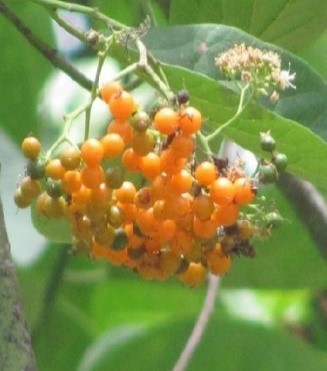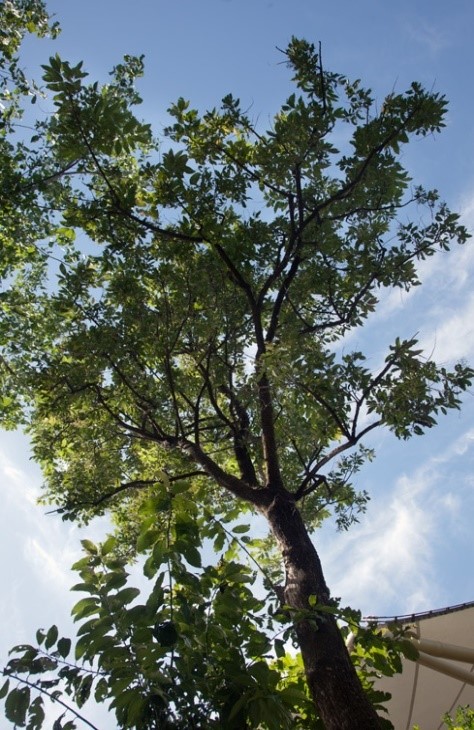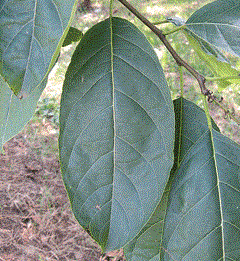Trees
Ehretia serrata Roxb.
Ehretia serrata Roxb.
Description :
A
medium sized deciduous tree, 10 m to 12 m tall and with a diameter of 0.4 to
0.5 m. Leaves are simple, oblong in shape, and the edges sharply toothed. The
leaves are pointed, 8 to 15 cm long and 4 to 7 cm wide. The top of the leaves is
shiny. The bark is dark grey with vertical fissures. The small, white flowers
are fragrant, occur in large cone shaped bunches, and mature between March and
May. The fruit, a drupe, is small and rounded, and matures between September
and November. Has no insect or disease problems of significance. It can be
reproduced both from seed and by vegetative means. A moderately fast-growing
tree. Diameter growth increments of 0.73 to 0.83 cm/yr have been recorded.
Coarse grained light brown sapwood, with high strength having Specific gravity
of 0.59.
Distribution :
The
tree is native to Pakistan and India. In Pakistan it grows in the sub-Himalayan
tract from Azad Kashmir westward to Rawalpindi, Islamabad, Murree, Hazara,
Swat. It has been successfully planted in areas around Lahore. An intolerant
tree that grows on a variety of shallow soils, even on boulder formation. It
requires a precipitation zone of 750 to 1250 mm/yr or more. It prefers a cool
sub-tropical to a humid sub-humid monsoon climate with a temperature range of
-10 to 40°C at elevations up to 1500 m. It coppices well, is frost hardy.
Uses :
A
very frost hardy tree that has limited value for commercial timber. It can be
planted on semi-arid, harsh degraded sites. The leaves can be used as fodder.
It is an excellent farm forestry tree for erosion control. Also used in fuel,
fruit, implements, erosion control, furniture, and gun stocks.



